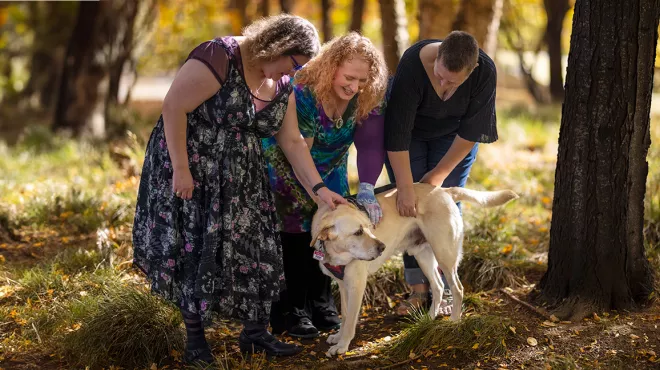Patients and caregivers know better than anyone what it means to live with a disease every day. By working with patient organizations, we build patients’ perspectives into key decisions throughout a medicine’s lifecycle, which means our medicines are more likely to address outcomes that matter most to people living with a disease.
From involving the perspective of those living with a condition at an early stage to co-creating clinical endpoints, trial protocols, and patient support programs, we are applying this approach to more than 100 investigational medicines at different stages of the lifecycle, including potential treatments for chronic myeloid leukemia (CML), a type of cancer that starts in the blood-forming cells of the bone marrow.
Around 500 000 new cases of leukemia are recorded globally every year. Approximately 15% of all cases are CML, most common in adults over 65. Significant advances in recent years have led to improved survival rates, enabling more patients to live with the disease. Even so, many patients remain at risk of disease progression and are resistant to, or intolerant of, most available treatments.

To address the remaining unmet needs for higher efficacy and lower side effect burden, Novartis developed a new therapy. “Phase III studies were an important milestone to prove that the novel treatment lives up to our expectations,” says Alexey Salamakha, Director, Global Patient Engagement, Hematology at Novartis, who led the program. “Recruiting trial participants in a disease that is well studied and has multiple other treatment options available is a challenge. We knew that working with CML patient experts and community leaders was critical to the success of the program. We engaged leading CML patient experts from around the globe to review the study concept sheet and protocol design to identify potential risks for recruitment.”
Patient insights helped remove a potential barrier to participation in Phase III clinical trials for the novel treatment as a potential first-line treatment for CML. An advisory board of patient advocates reviewed the participation and screening criteria for two Phase III clinical trials in adults and children. To help reduce the burden on patients and caregivers, they recommended removing the need for a bone marrow aspiration test as a requirement to enter the trial.
A bone marrow aspiration test is a painful and invasive procedure for patients. It’s also an emotional burden for caregivers to see loved ones, especially children, undergo the procedure. Requiring a confirmatory test during trial screening was recognized as an unnecessary barrier to participation in the trial since people living with CML typically already have the results of such a test on file.
Based on the input from CML patient advocates and following a discussion with regulatory authorities, we removed the requirement for a bone marrow aspiration test from the trial screening process and logged the results of patients’ previous tests instead.
Over the years of working in patient engagement and advocacy, I have seen first-hand that community resources and time will only be invested in pharma projects that improve patient experience and patient outcomes. Through this partnership, CML Advocates Network and Novartis were able to produce a tangible impact on patients' experiences with the trials.
Alexey Salamakha, Director, Global Patient Engagement, Hematology at Novartis
In addition to an improved experience for patients and caregivers, qualitative feedback from investigators suggested a relatively easier patient recruitment experience. Enrolment for both trials was completed 10 months ahead of schedule.



